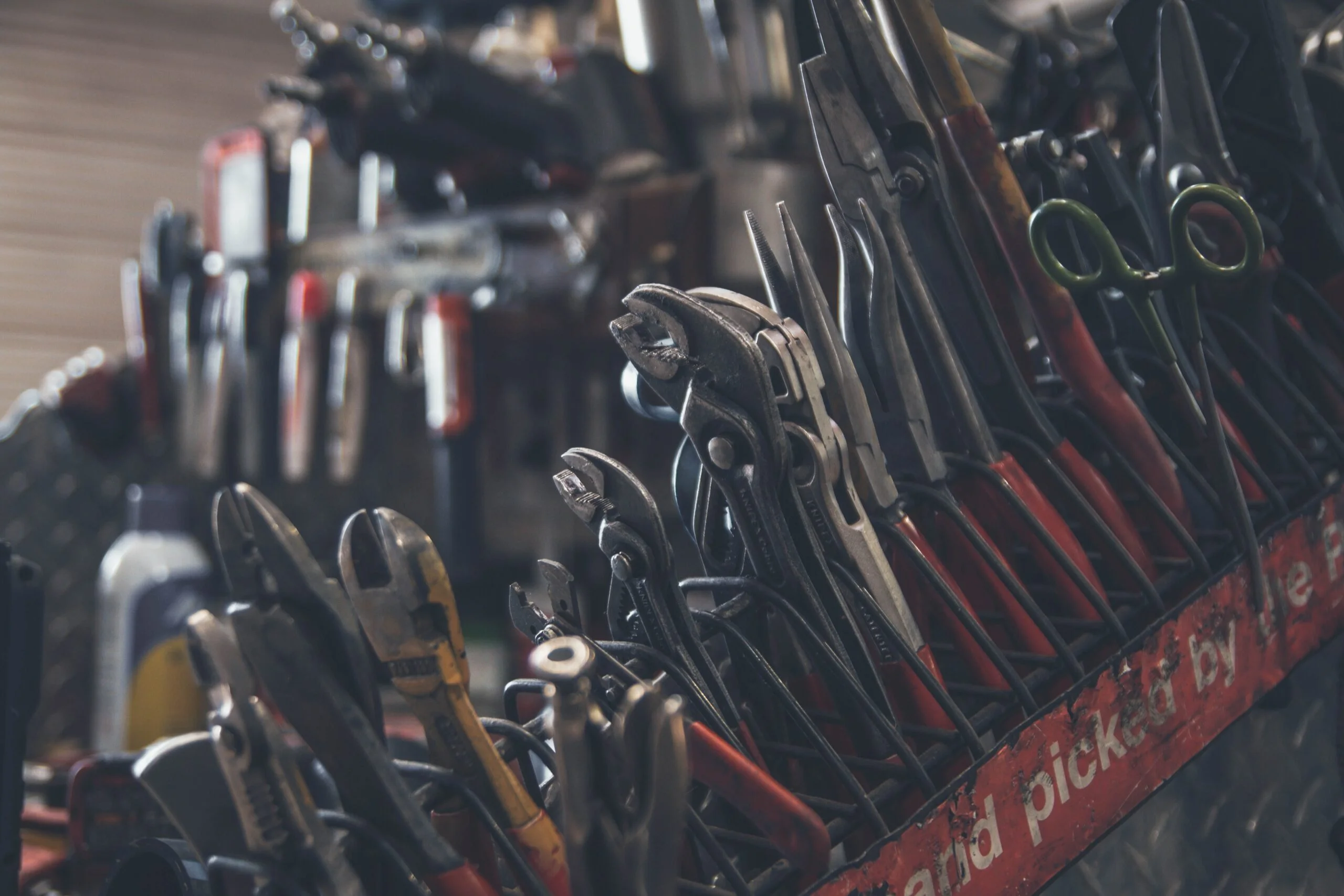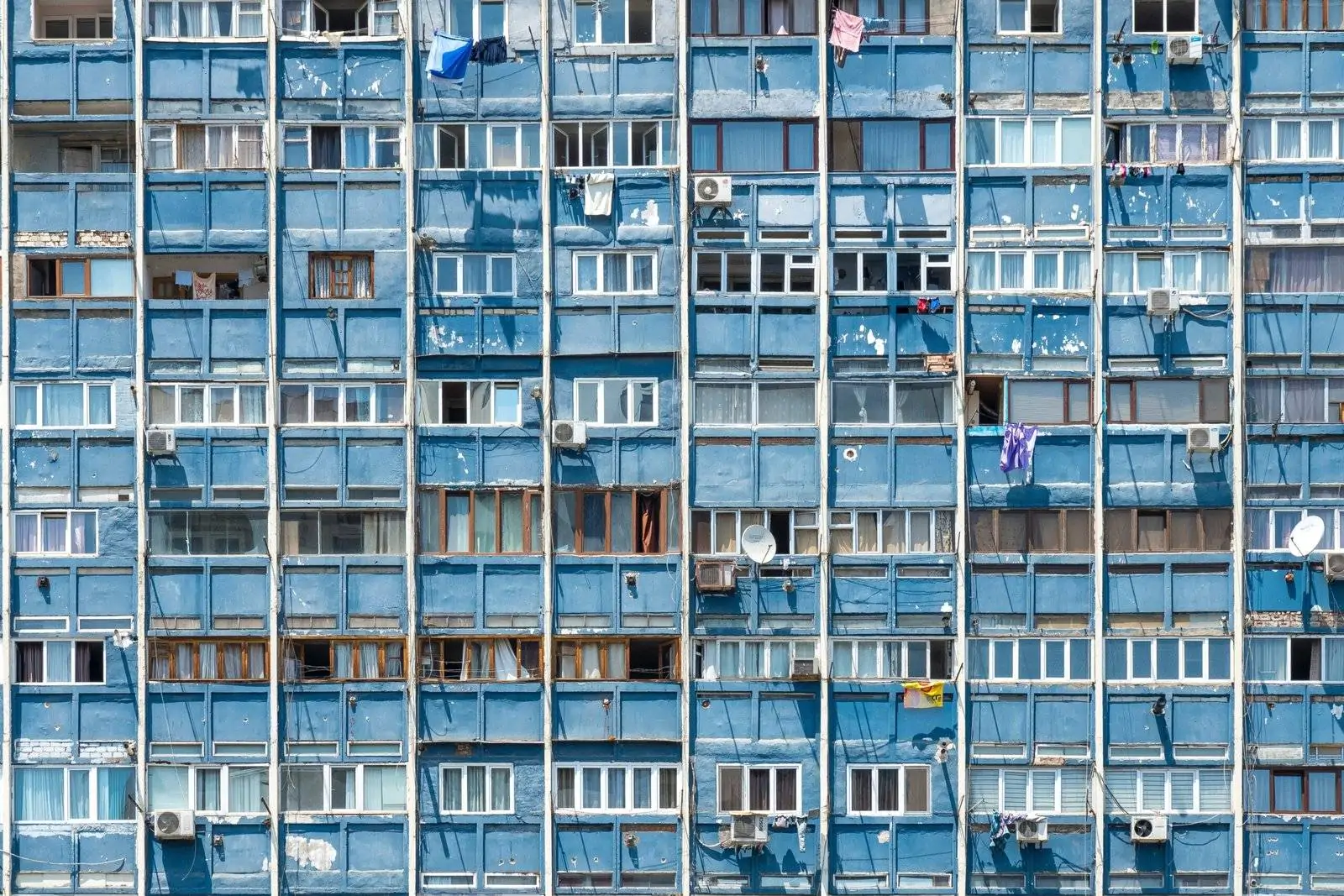Have you ever looked up at your roof and noticed those dark streaks that seem to appear out of nowhere? You’re not alone. Many homeowners are puzzled by these mysterious marks, wondering what are the black streaks on my roof and how to get rid of them. In this blog post, we’ll explore the causes behind those black streaks and provide some tips on how to deal with them.
What Are the Black Streaks on My Roof?
If you’ve ever glanced up at your roof and noticed those dark streaks snaking their way across the shingles, you’re not alone. These black streaks can be a common sight on many roofs, but what exactly are they?
The primary culprit behind these mysterious marks is a type of algae known as Gloeocapsa magma. This algae thrives in warm, humid environments, making it particularly fond of roofs in regions with mild or tropical climates. It tends to take hold on surfaces that don’t receive much direct sunlight, such as the north-facing slopes of a roof or areas shaded by overhanging trees.
Gloeocapsa magma feeds on the limestone filler commonly used in asphalt shingles. As it grows and spreads, it produces those distinctive dark streaks that can mar the appearance of your roof. These streaks may start out as small patches but can quickly multiply and become more pronounced over time if left unchecked.
While the presence of black streaks may be alarming, especially for homeowners concerned about the aesthetics of their property, it’s essential to understand that they typically pose no immediate threat to the structural integrity of your roof. However, they can detract from the curb appeal of your home and may indicate a need for maintenance to prevent further growth and potential damage to the shingles.
Impact on Your Roof
While black streaks may seem like just a cosmetic issue, they can actually have a detrimental effect on your roof’s longevity. As the algae spreads, it can weaken the shingles and lead to premature deterioration. Additionally, the dark color absorbs more heat from the sun, which can increase your home’s cooling costs during the summer months.
Prevention and Maintenance
Fortunately, there are steps you can take to prevent black streaks from taking over your roof. Regular roof maintenance, including trimming back overhanging branches and keeping gutters clean, can help minimize the conditions that algae thrive in. Additionally, installing zinc or copper strips along the ridge of your roof can help inhibit algae growth by releasing metal ions that are toxic to the algae.
Cleaning Black Streaks
If your roof is already sporting those telltale black streaks, don’t worry – they can be removed. However, it’s essential to approach the cleaning process carefully to avoid damaging the shingles. Pressure washing is not recommended, as it can dislodge granules from the shingles and cause further damage. Instead, opt for a gentle cleaning solution specifically formulated for roof algae, applied with a low-pressure sprayer or brush.
Read More: Should You Replace Gutters When Replacing Roof?
Conclusion
The black streaks on your roof may be unsightly, but they’re not something you have to live with. By understanding the causes behind them and taking proactive steps to prevent and address them, you can keep your roof looking its best for years to come.


